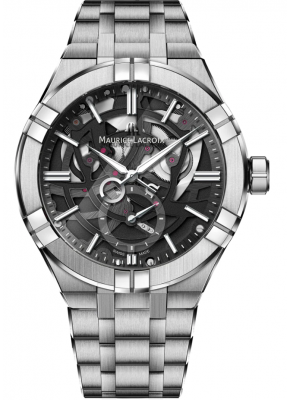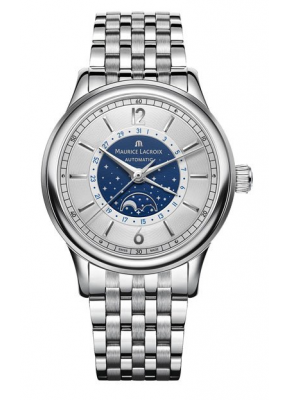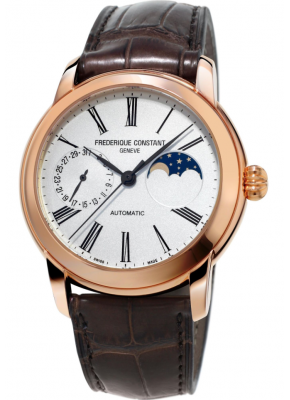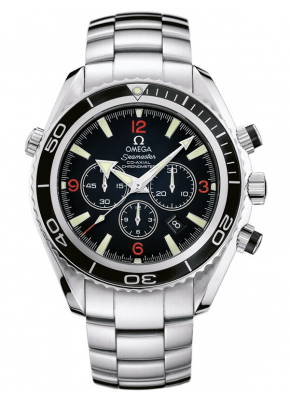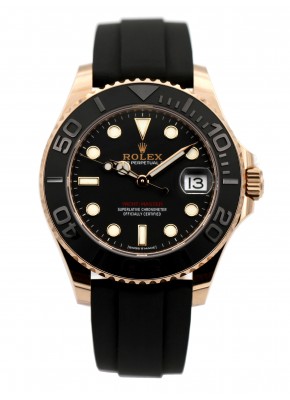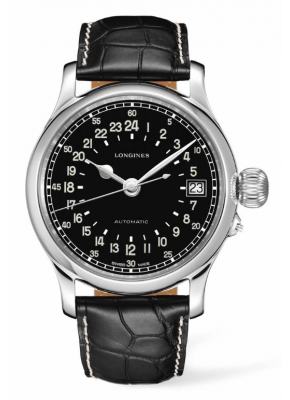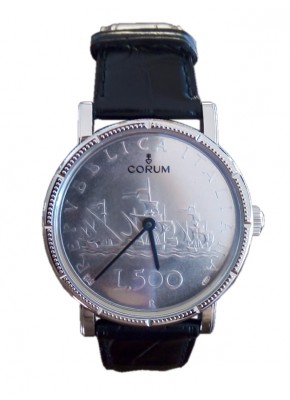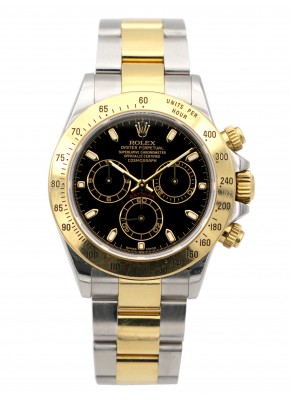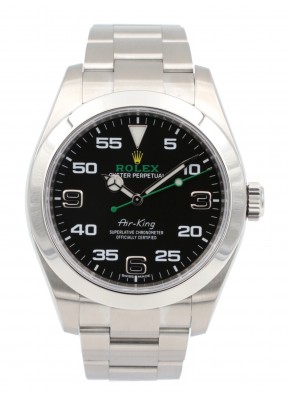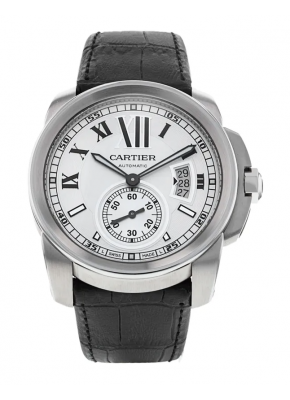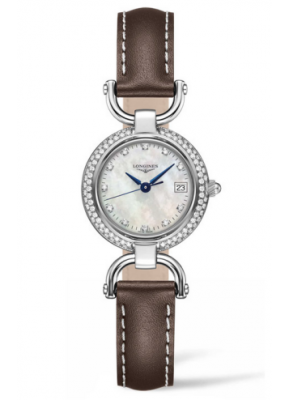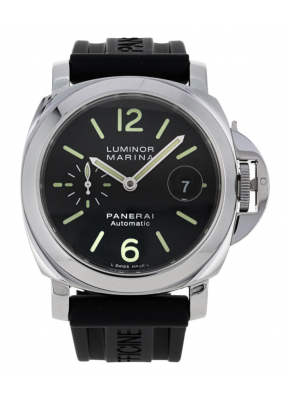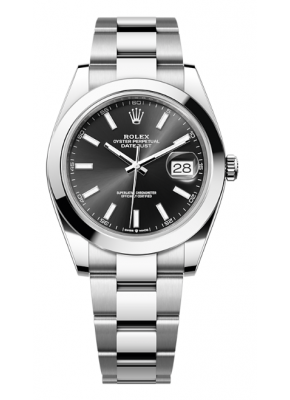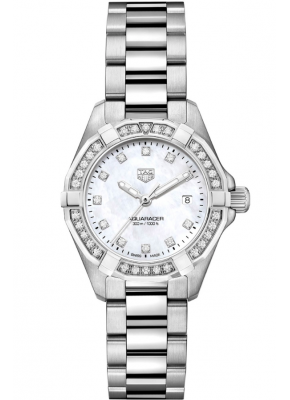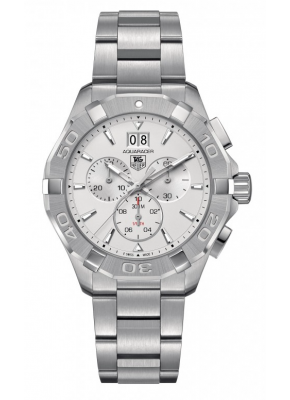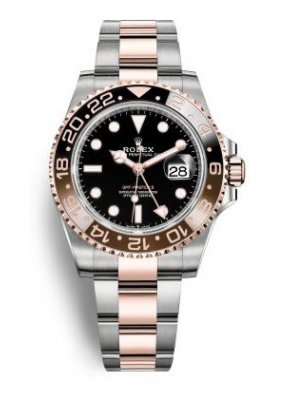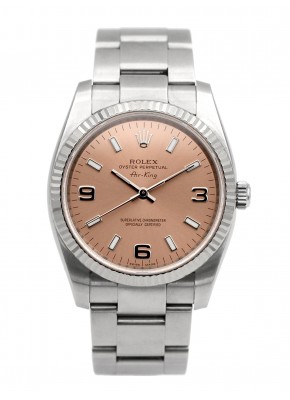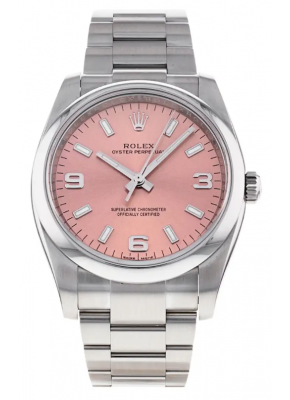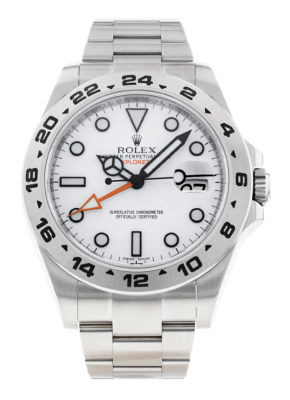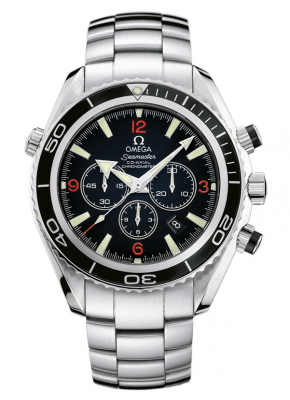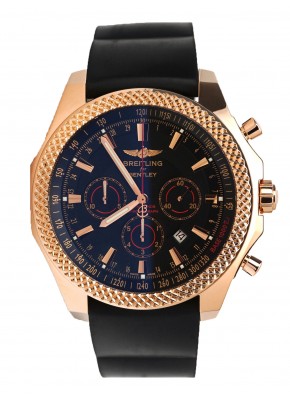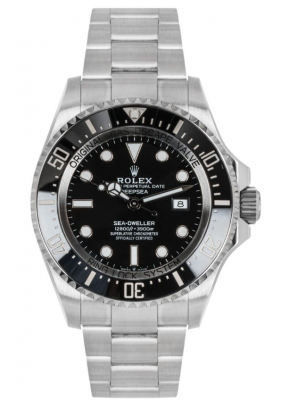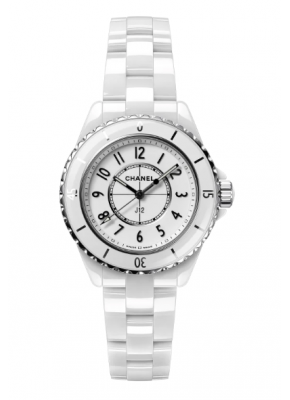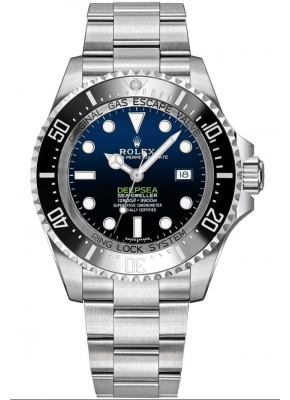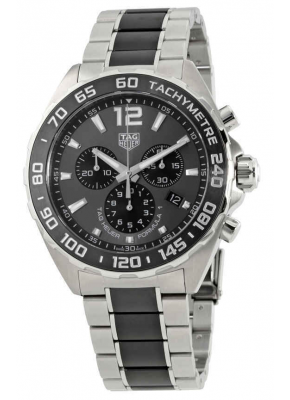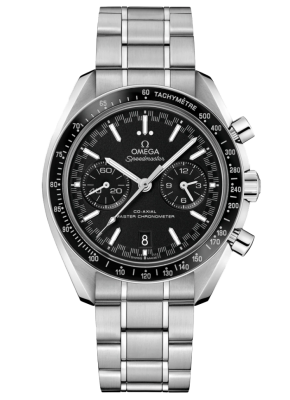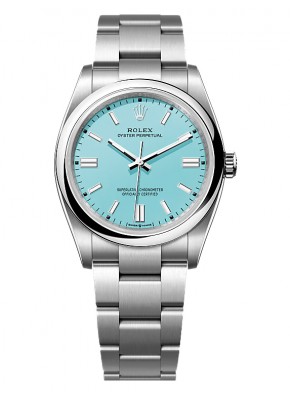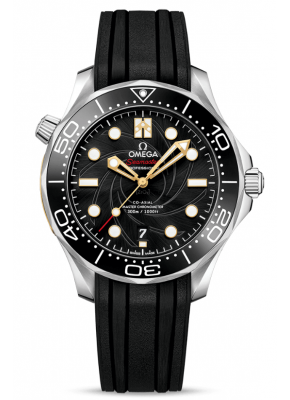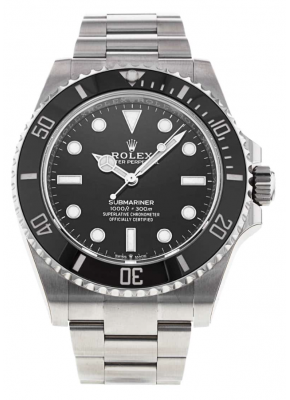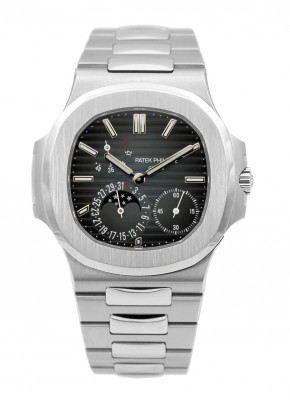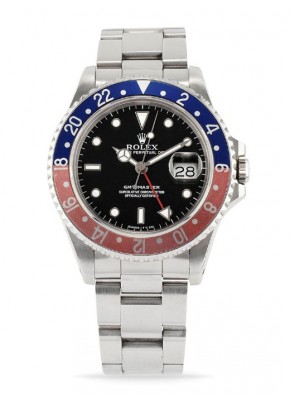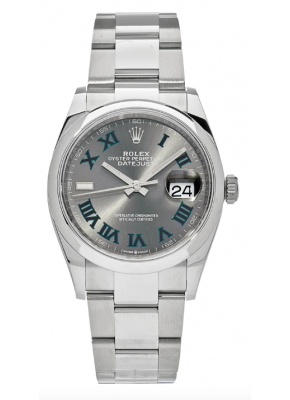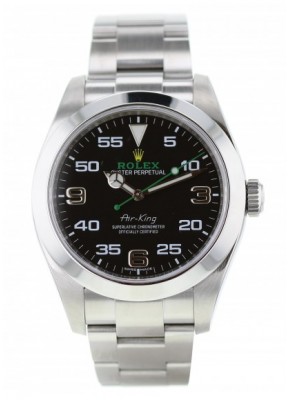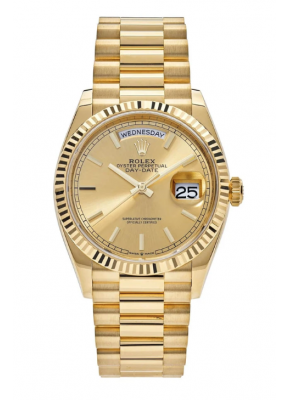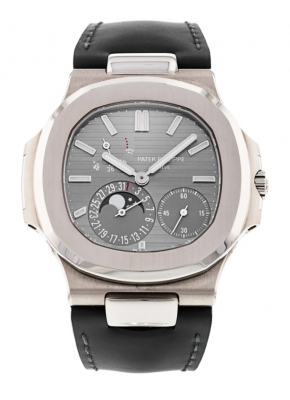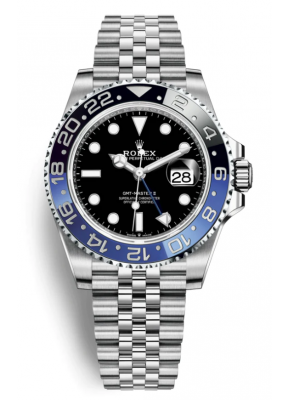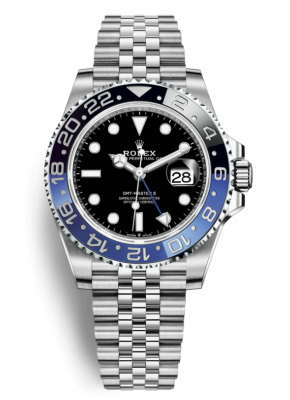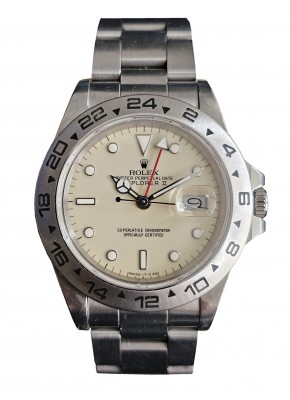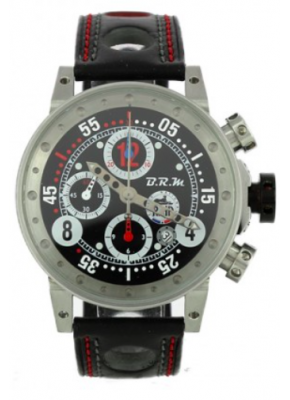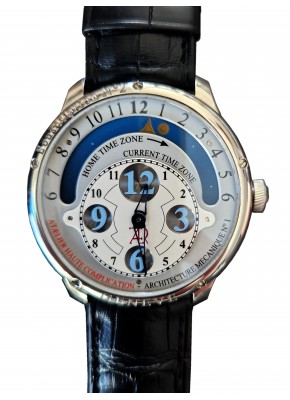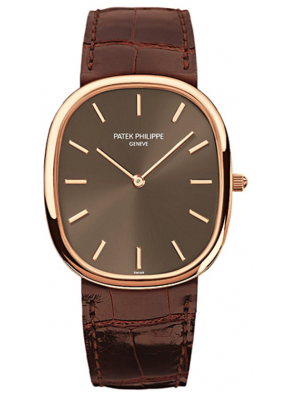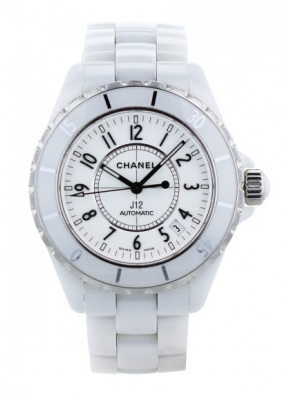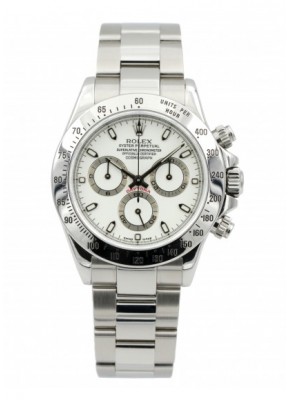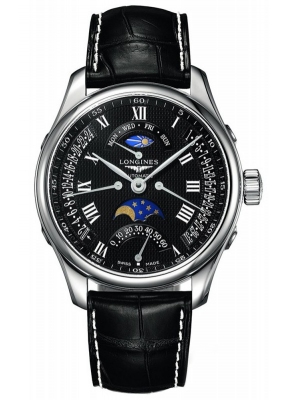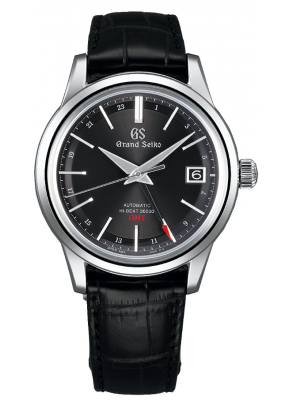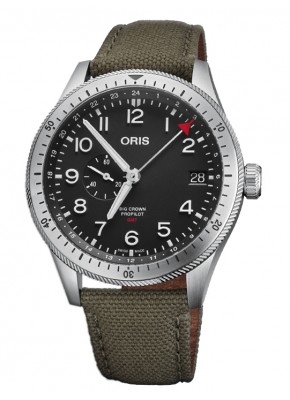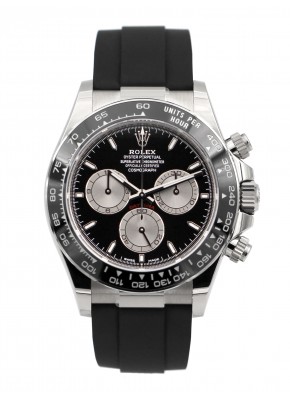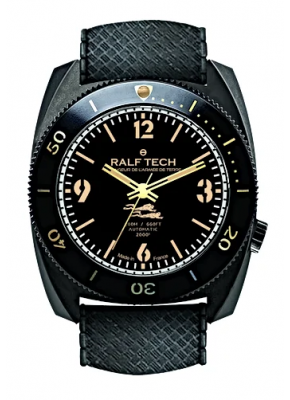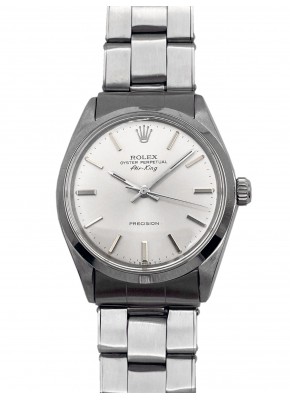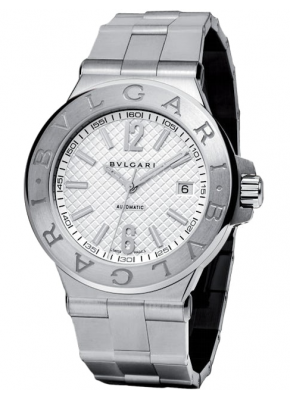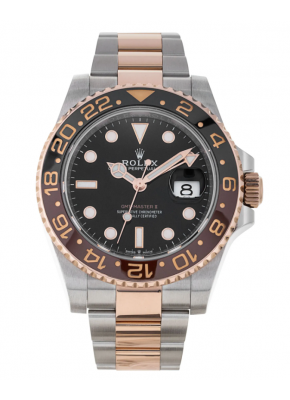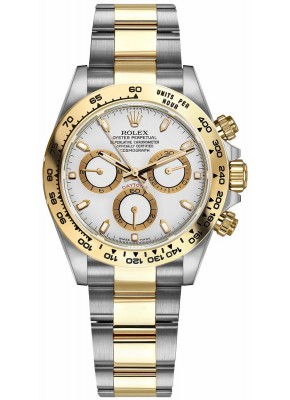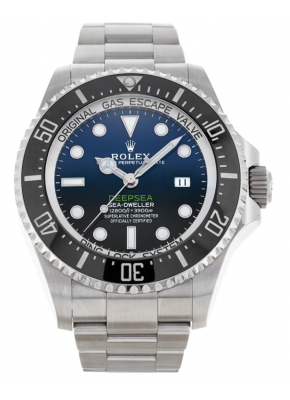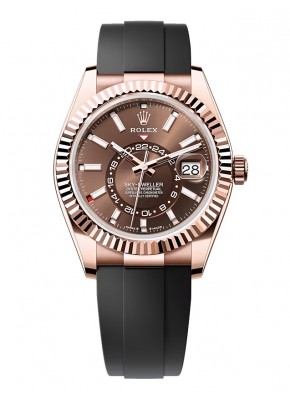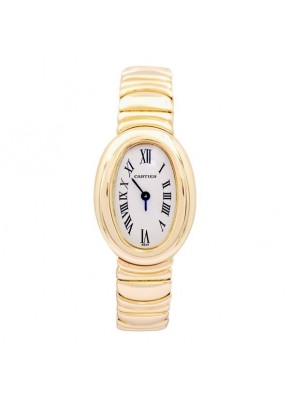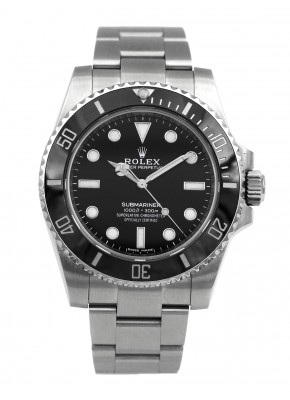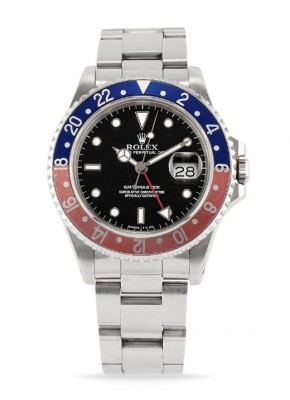The history of modern timepieces begins with the invention of the clock in 1280...
The history of modern timekeeping began with the invention of the clock around 1280. This invention is closely linked to religion. Indeed, the church had to inform its faithful of the daily rhythm of the mass played ingenuity to put the control of time within the reach of all. For this reason, the facades of churches began to be adorned with clocks in towns and villages. However, it was not until the 16th century that the first miniature clocks appeared, which were called pocket watches. To facilitate the wearing of this new object, it is stapled on his jacket or shirt while storing it in a small inner pocket commonly called "gusset".
Thus the pocket watch was born around 1500, with a production more and more sustained to accompany the generalization of its use. The first models of pocket watches were round and bulky. It was not until the 1550s that the flattened forms we know today appeared. However, these first pocket watches were without protective glass. Only the flap lid served as a protective bulwark of the watch movement, while the winding mechanism and the hour setting dial were at 12 o'clock in the ring. Very quickly the pocket watch was adopted by high society, so that in the late 1600s it had become an essential part of the true gentleman’s outfit. The pocket watch, as we know it today, was created in 1882 by Audemars Piguet. The venerable maison du Brassus specialized in this type of watch until 1893, before concentrating its production on the wristwatch.
Thus the pocket watch was born around 1500, with a production more and more sustained to accompany the generalization of its use. The first models of pocket watches were round and bulky. It was not until the 1550s that the flattened forms we know today appeared. However, these first pocket watches were without protective glass. Only the flap lid served as a protective bulwark of the watch movement, while the on the wristwatch.
The supremacy of the wristwatch in the 20th century...
The supremacy of the wristwatch over the pocket watch is a recent affair. Until the early 20th century, the most common watch model was the pocket watch. However, the two types of timepieces coexisted for several centuries, but the wristwatch was mainly intended for women. At that time, the watchmakers also made pendants for women, worn on the neck with a chain or ribbon.
The first historical trace of a wristwatch dates back to 1571, when the Earl of Leicester gave a bracelet with a small watch to Queen Elizabeth I. In 1722, a Parisian watchmaker was awarded the mass production of several wristwatches and in 1790 the watchmaker Jaquet-Droz began to market wristwatches in Geneva. However, the first famous wristwatch was made by Abraham-Louis Breguet who in 1811 gave a watch with complications to the queen of Naples, Caroline Murat. This model called "Queen of Naples" is still, today, from the catalog of the brand Breguet.
At that time, wristwatches for men were considered extravagant, even effeminate. They were mainly controlled by the military apparatus which appreciated their practicality of reading the hour in motion. During the First World War, Omega was the main producer of military wristwatches, equipped then with a metal grid openwork before the dial. In fact, this model equipped some troops of the US expeditionary force. The Great War popularized the wristwatch at the expense of the pocket watch which led to its virtual disappearance at the turn of the 1930s.





